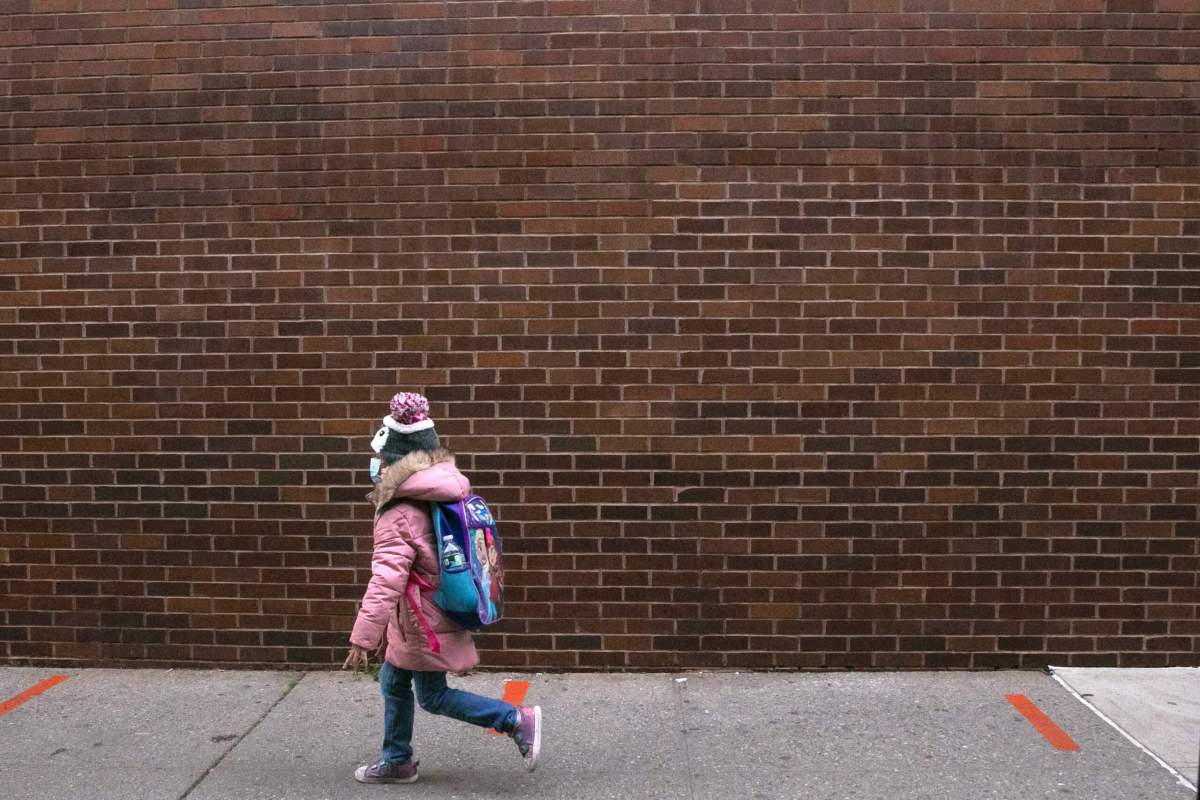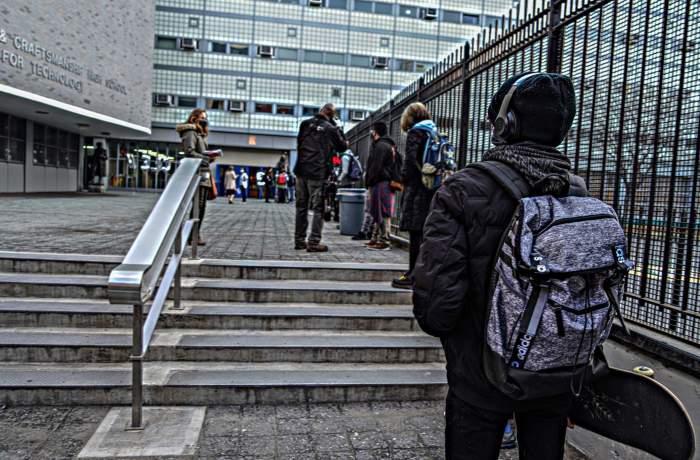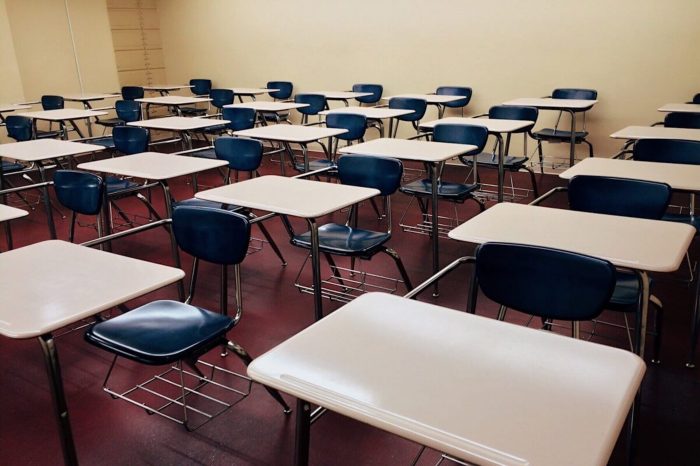New York City selective middle and high schools have experienced a “modest uptick” in diversity the first year after officials made sweeping changes to the admissions process meant to desegregate public schools, department data shows.
Last winter, Mayor Bill de Blasio and former Schools Chancellor Richard Carranza announced the city would suspend the use of academic “screens” at selective middle schools for the year and would instead place incoming sixth-graders via a lottery system after students ranked their top choices for middle schools. Officials also scrapped geographic preferences for high schools which placed students from poorer districts applying to selective schools in wealthy neighborhoods at a disadvantage.
For years, Mayor de Blasio has promised to take bigger steps toward diversifying New York City public schools which are some of the most segregated in the country and the changes came amid a renewed push last year for electeds to make good on that promise.
On Monday, the Department of Education began sending middle school offers to 66,516 fifth-grade students, roughly 4,500 fewer offers than last year due to a pandemic-induced drop in public school enrollment. Out of those students, about 89% received an offer to one of their top three choices for middle school, according to a department spokesperson.
This year, more offers to schools that previously screened their incoming students went to English Language Learners and students from low-income households. According to the DOE, the number of offers sent to students eligible for reduced-priced lunches increased from 35% to 45% this year to Mark Twain I.S. 239 for the Gifted and Talented. At Professional Performing Arts High School, offers to students eligible for reduced-price lunch went up from 22% last year to 52% this year and at Christa McAuliffe School offers to ELL students increased from 5% last year to 16% this year. In addition, offers to ELL fifth-graders to I.S. 98 Bay Academy jumped from 5% last year to 12% this year.
Elite middle school offers to traditionally excluded students are still lower than desired but the uptick is a step in the right direction, according to Stefan Lallinger, fellow and director of the bridges collaborative at the Century Foundation, a think tank focused on increasing racial, gender and socioeconomic equality in education. The reason for the “moderate uptick” could be attributed to many families being unaware of the changes to the application process and family loyalty to certain schools.
“You are looking at a school system that is already complicated and feels opaque to so many families and in the middle of a pandemic changing it when families are preoccupied with so many other things…I’m highly skeptical that a large swatch of families, especially families dealing with the adverse consequences of COVID, really knew about all the changes and the implications of the changes on where their children could apply to and attend,” Lallinger told amNewYork Metro. But the city could start to see more diversity in selective schools if the DOE keeps current admission changes over the next few years, Lallinger added.
District diversity plans are showing signs of progress, according to department data. This is the third year of District 15 in Brooklyn diversity plan which removed all academic screens from the area’s middle schools and committed to offering 52% of all sixth-grade seats in the district’s 11 middle schools students from low-income families, ELL learners, and students in temporary housing. As a result of the plan, seven schools have reached that goal.
Similarly, Manhattan’s District 3 started a diversity initiative three years ago with the goal of having 25% of the seats in the district’s 19 participating schools go to students who were “lower performing” on state tests and students eligible for reduced-priced lunches. This year, 17 schools in the district have met that goal. Anderson and Special Music School were the two that did not meet the goal. Before the diversity plan, only two schools met that target.
This year also marks the second year middle schools in the Bronx do not have a district requirement for incoming students meaning all families regardless of where they live in the borough can apply to any school in the Bronx. DOE officials reported about 1,900 fifth graders in the Bronx are matching to middle schools outside of their home district, roughly 100 more than last year.
“It’s modest progress but it’s progress in the right direction. All we have seen is positive data,” said Lallinger. “The lesson here is…the fearmongering around what might happen if you try to take steps to try to make schools in New York City more representative of their districts and of the broader city is baseless… folks were predicting a lot of things but they did not come to pass.”



































